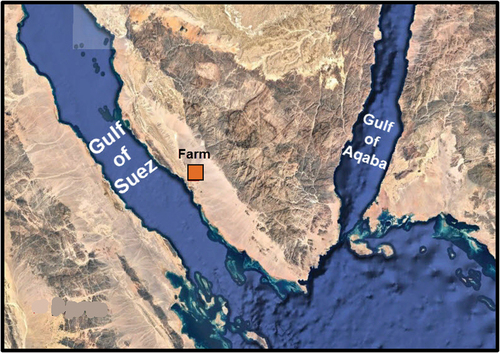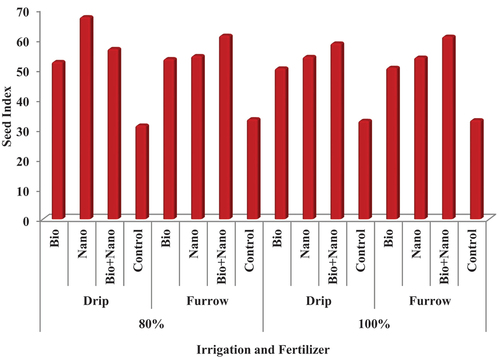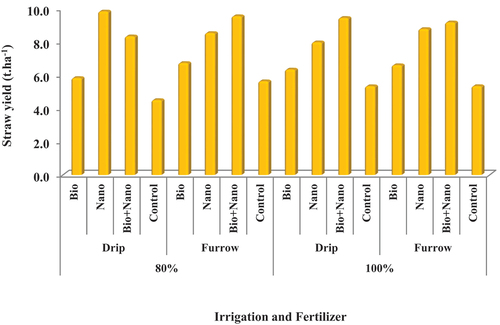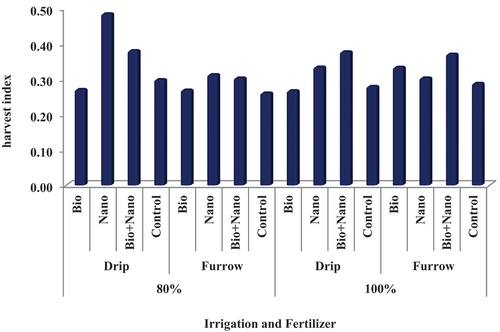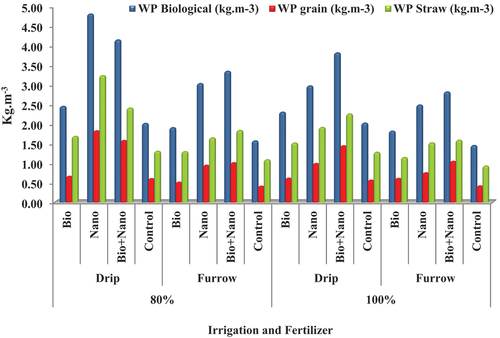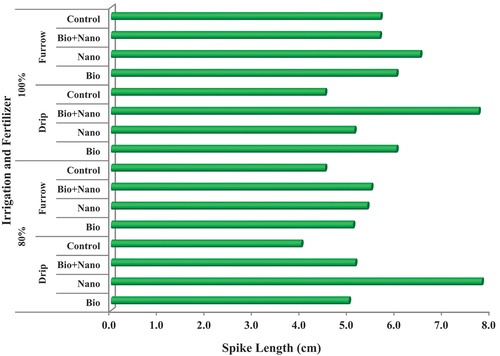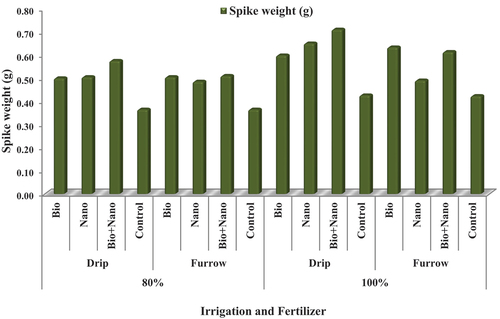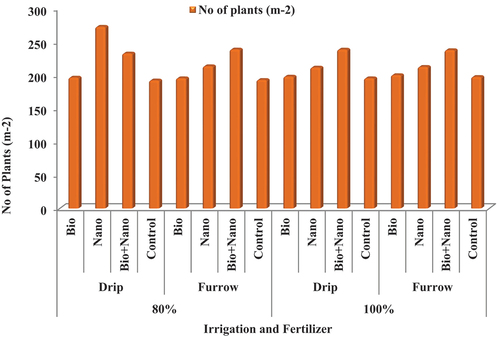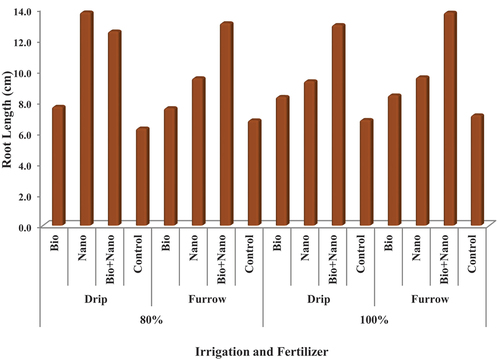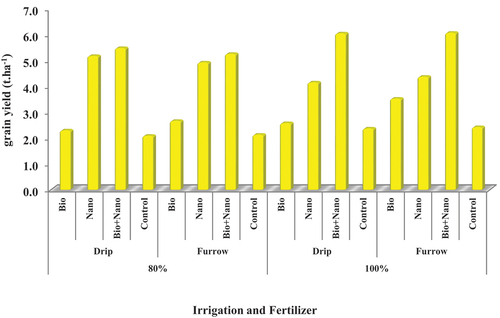Figures & data
Table 1. Physicochemical analysis of experimental soil.
Table 2. Amount of applied water under each irrigation system.
Table 3. Effect of different fertilization techniques on soil chemical properties using drip irrigation system.
Table 4. Effect of different fertilization techniques on soil chemical properties using furrow irrigation system.
Table 5. Wheat plant growth and seed index as affected by crop water requirement (CWR) levels in 2021 and 2022 seasons.
Table 6. Number of plants, yields, and harvest index (HI) as affected by crop water requirement (CWR) levels in 2021 and 2022 seasons.
Table 7. Water productivity (WP) affected by crop water requirement (CWR) levels in 2021 and 2022 seasons.
Table 8. Wheat plant growth and seed index as affected by irrigation methods in 2021 and 2022 seasons.
Table 9. Yield and yield components of wheat as affected by irrigation methods in 2021 and 2022 seasons.
Table 10. Water productivity of biological, grain, and straw as affected by irrigation methods in 2021 and 2022 seasons.
Table 11. Plant height, root length and spike length, spike weight, and seed index as affected by fertilization type in 2021 and 2022 seasons.
Table 12. Number of plants/m2, biological yield, grain yield, straw yield, and harvest index of wheat as affected by fertilization type in 2021 and 2022 seasons.
Table 13. Water productivity (WP) of wheat crop as affected by fertilization type in 2021 and 2022 seasons.

